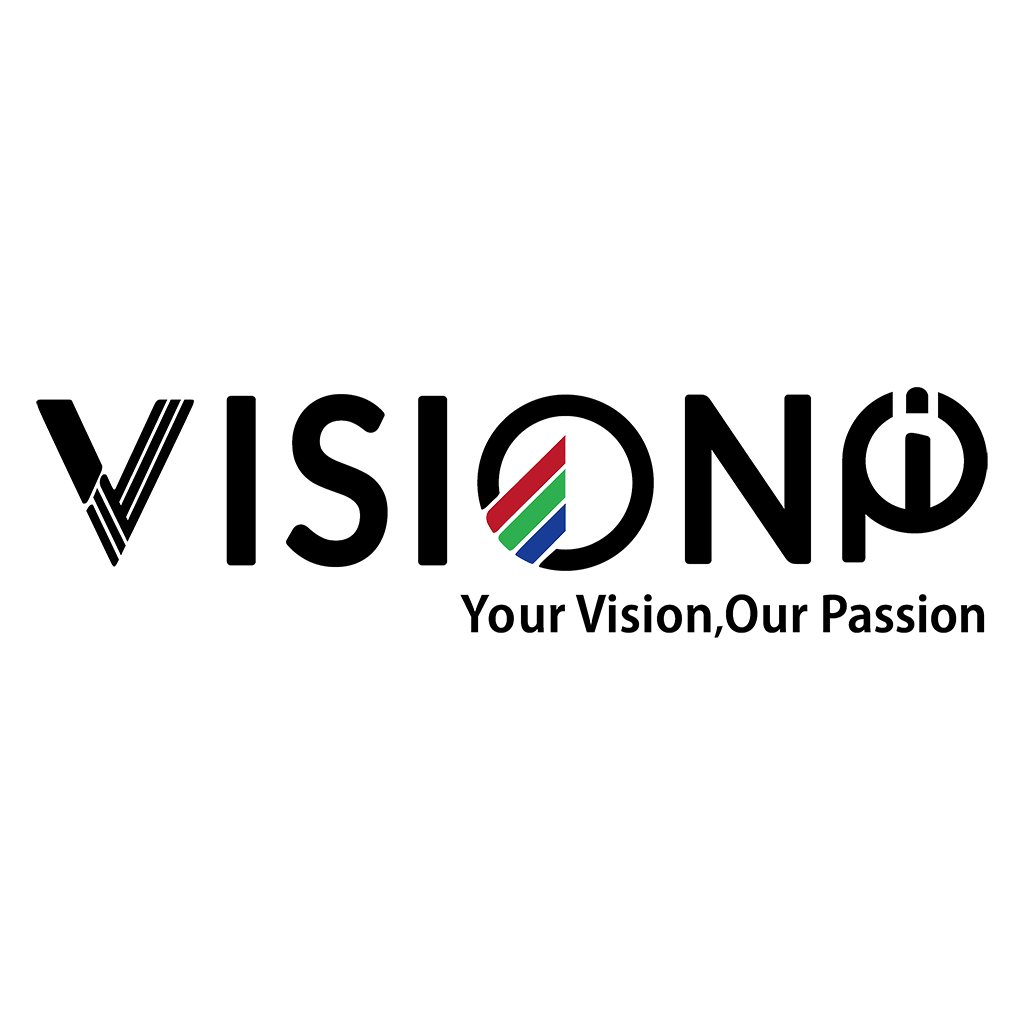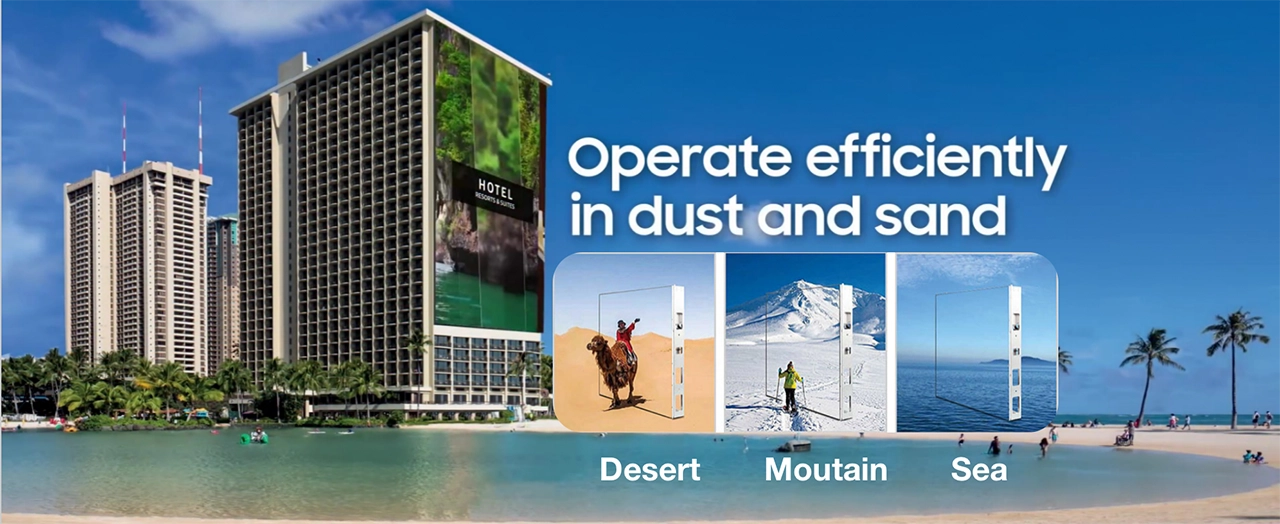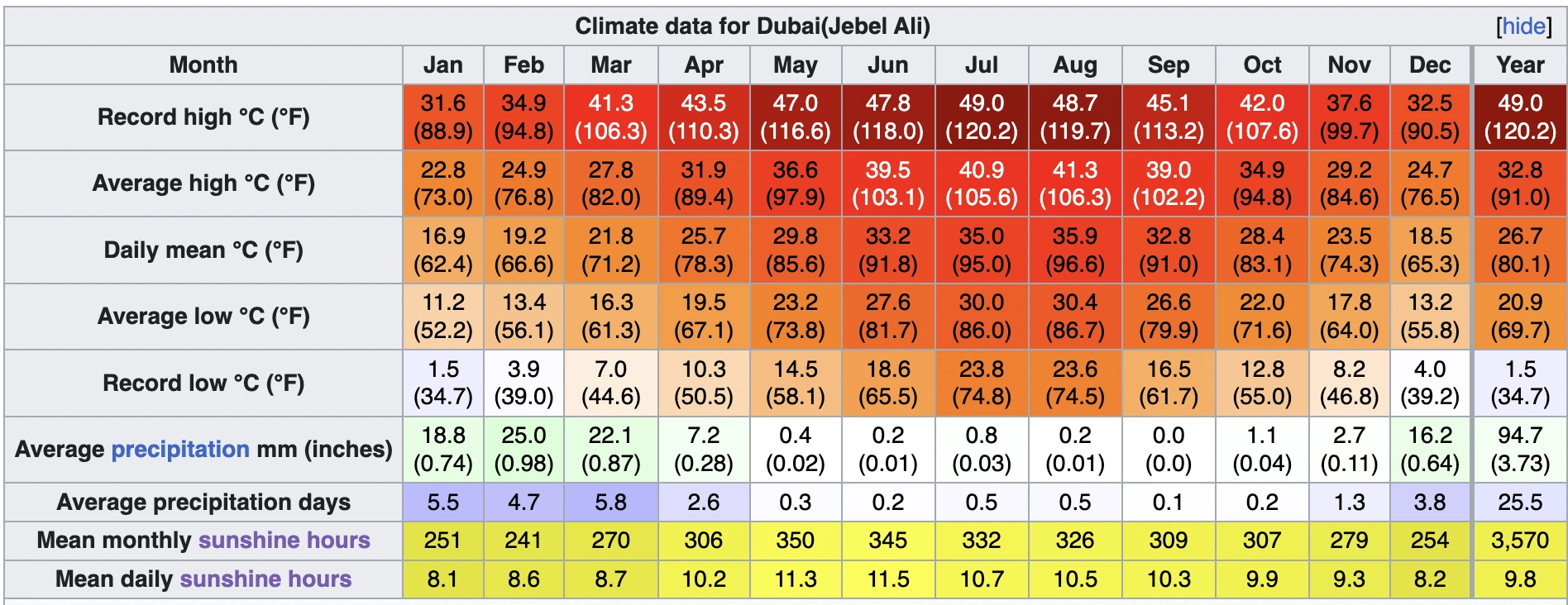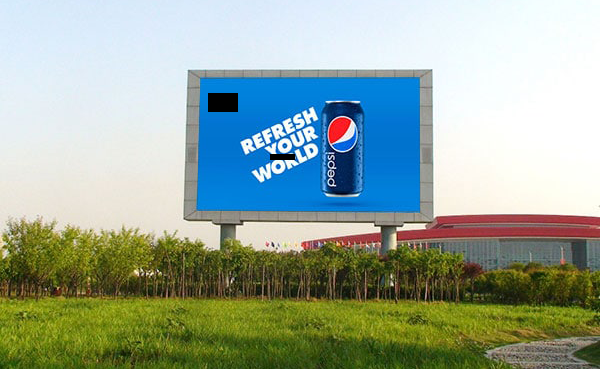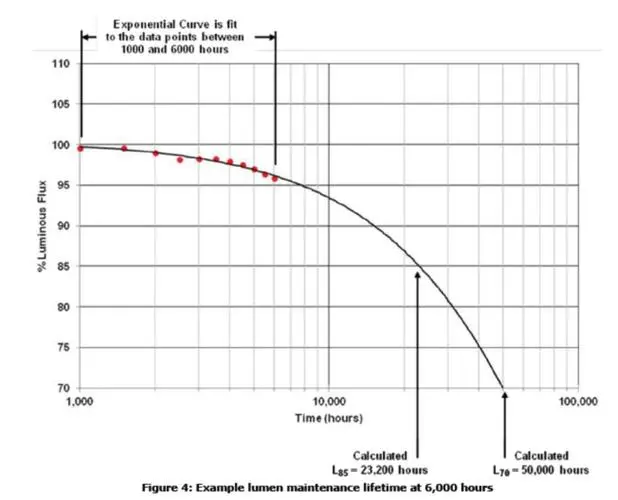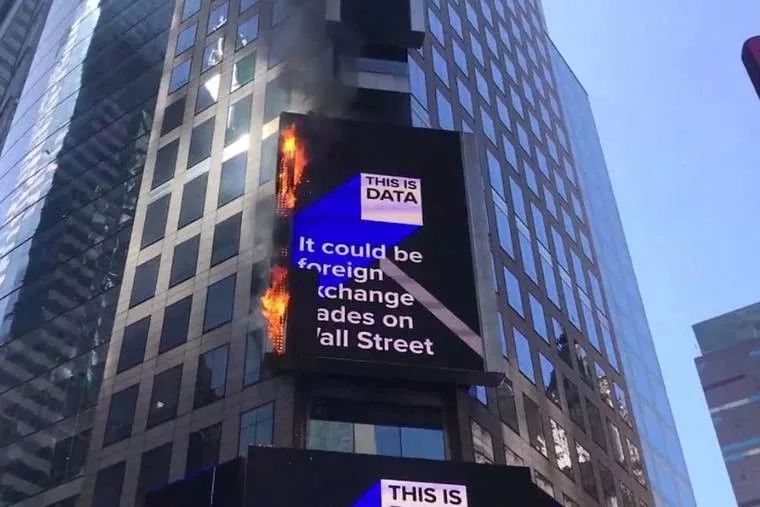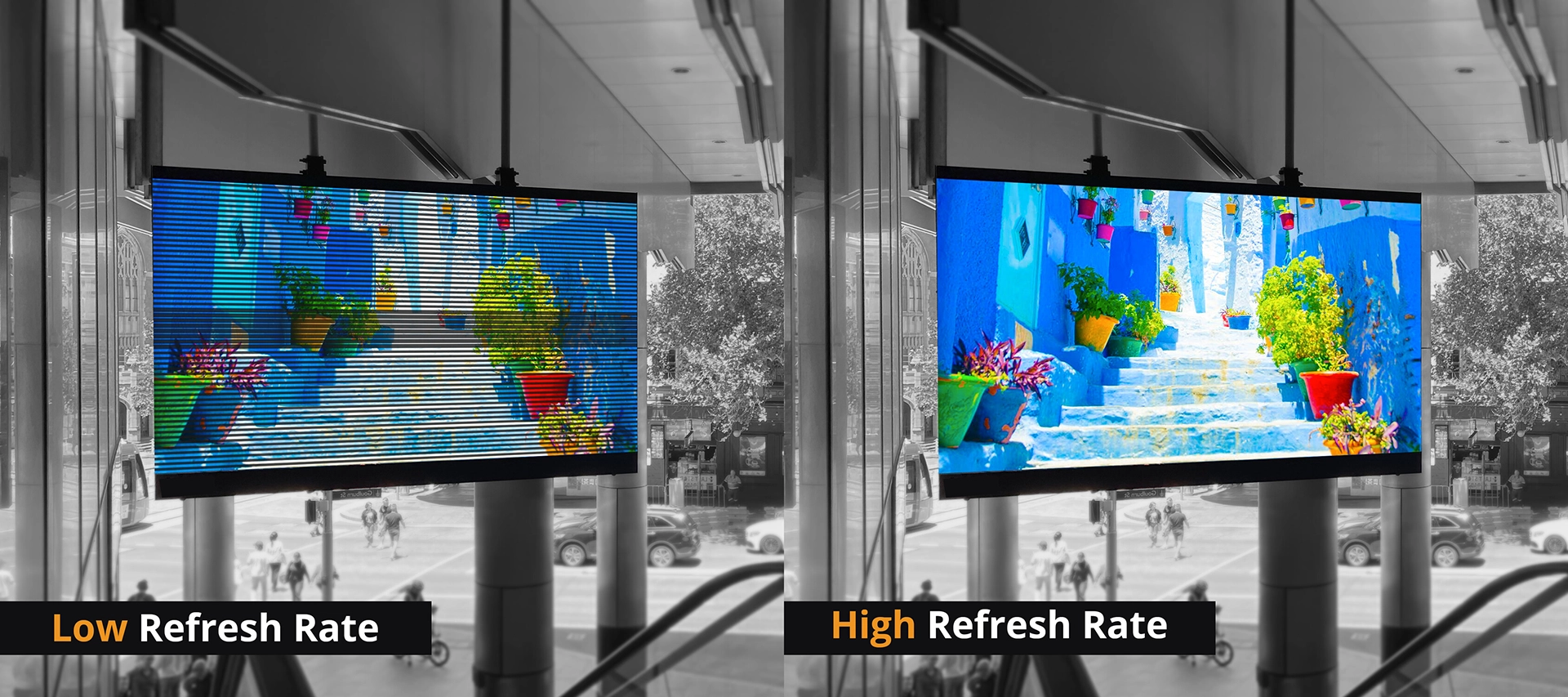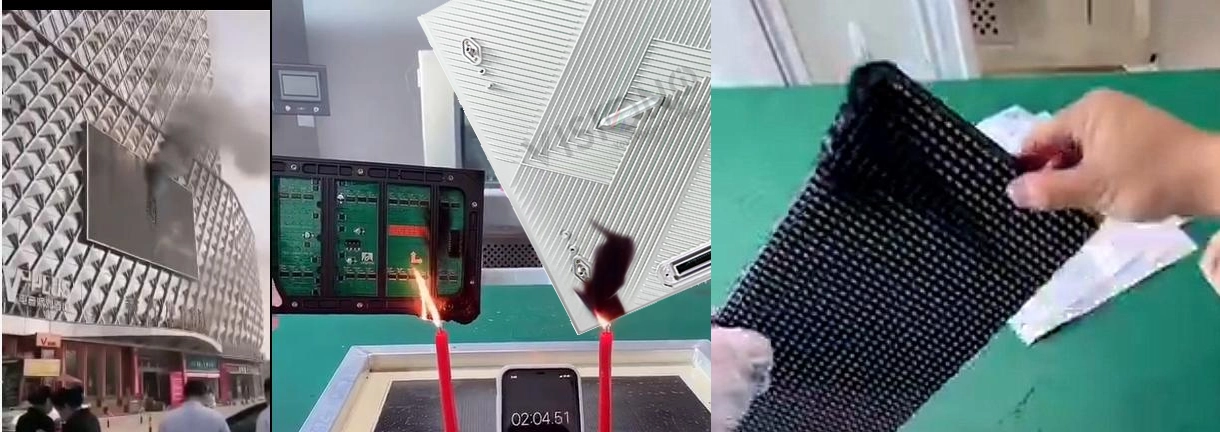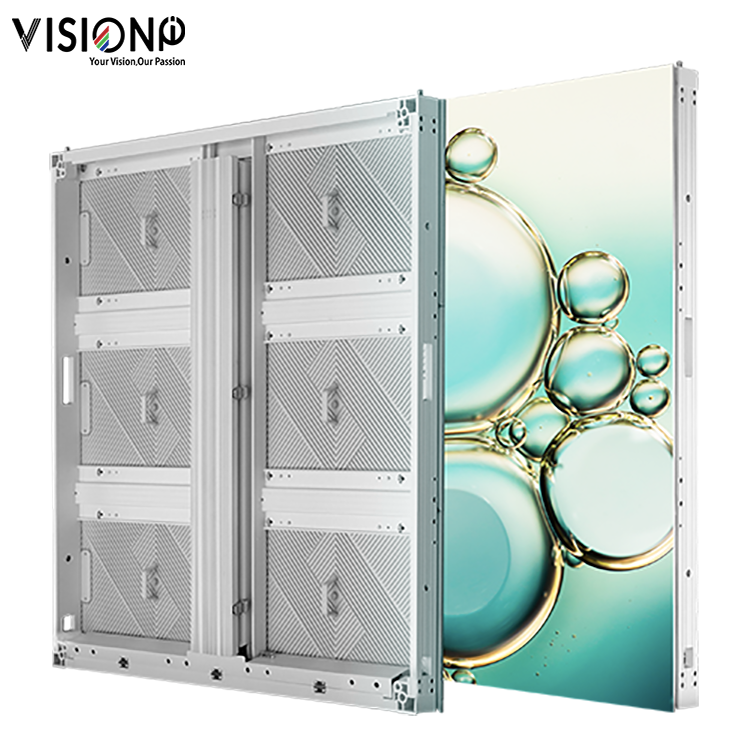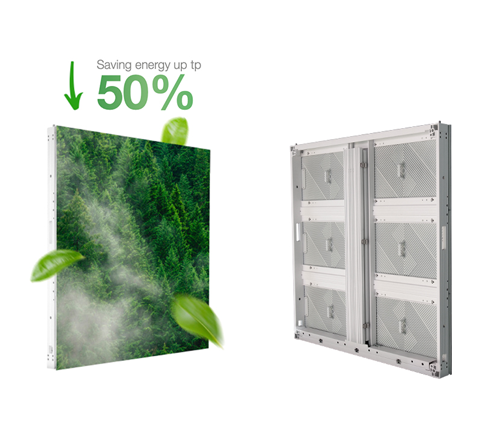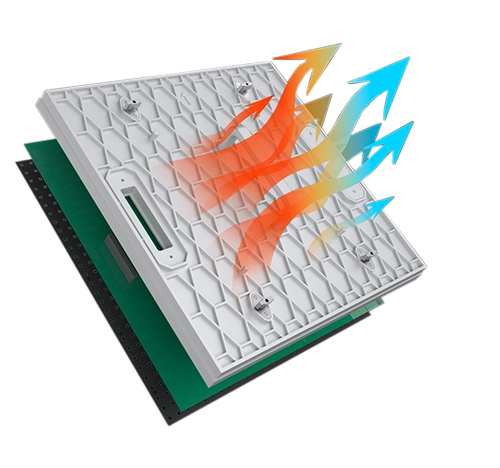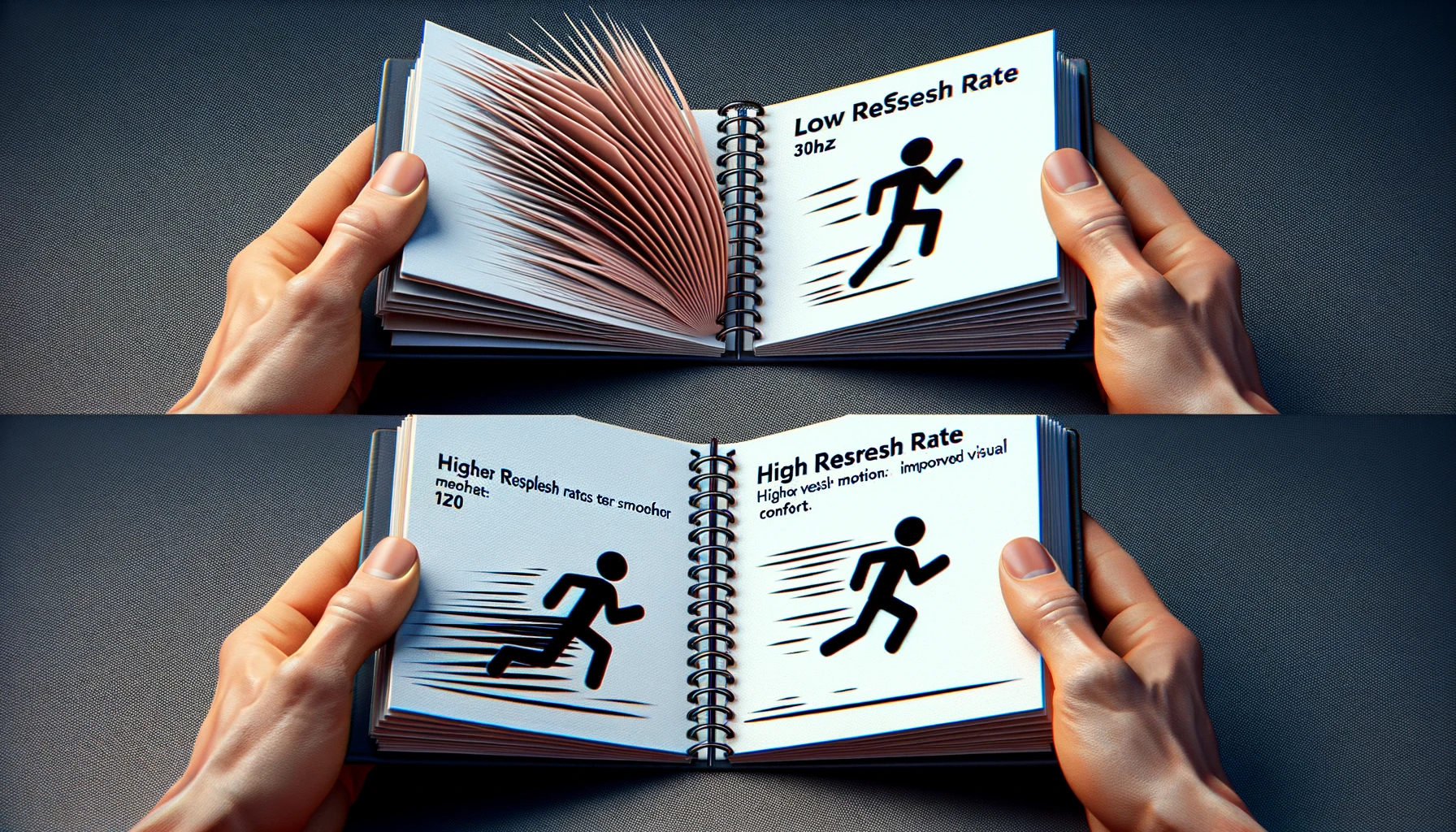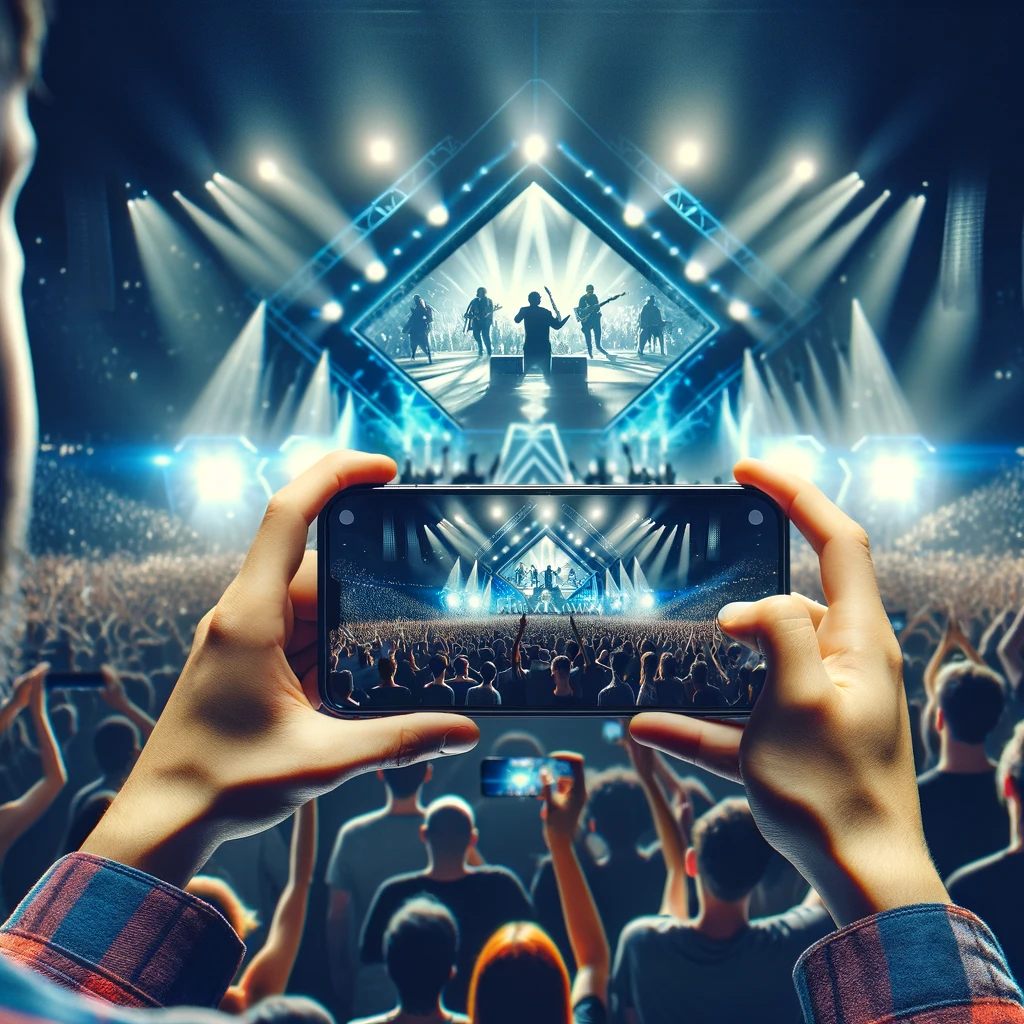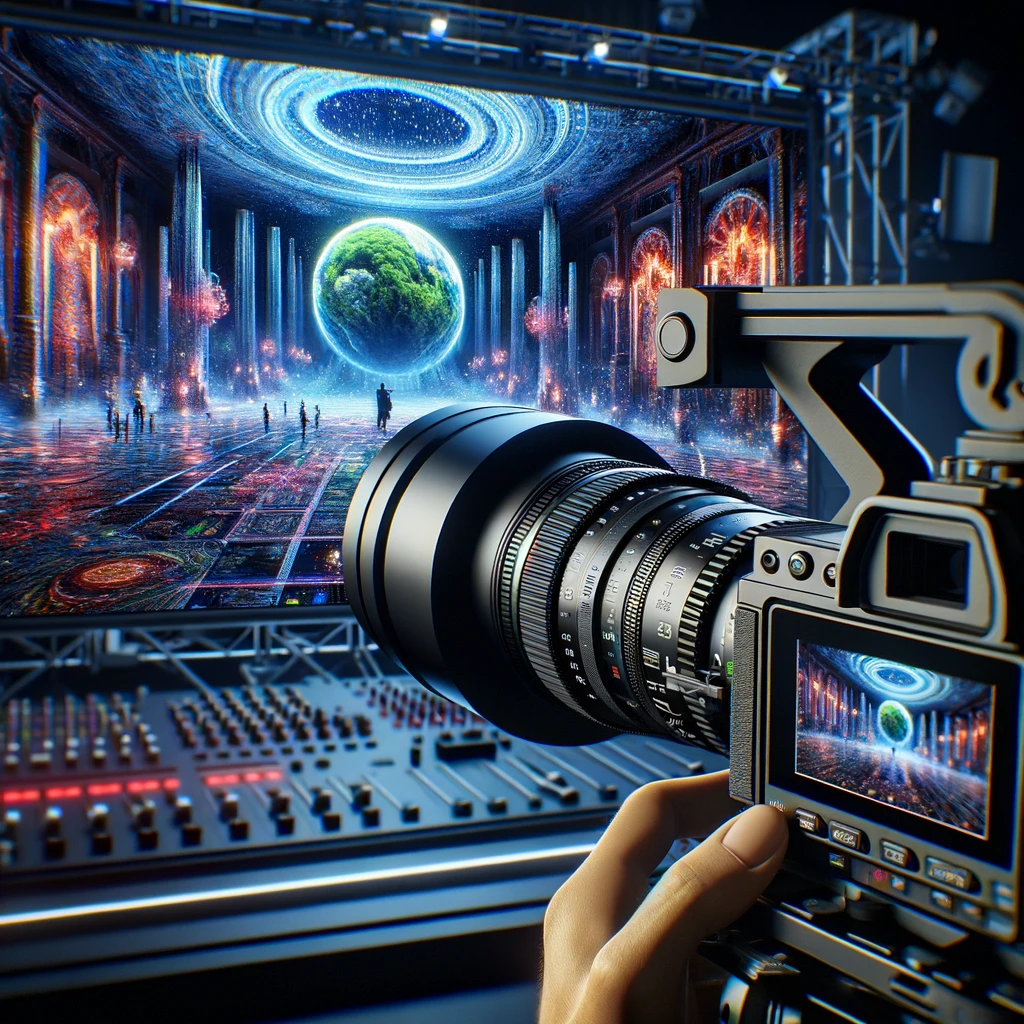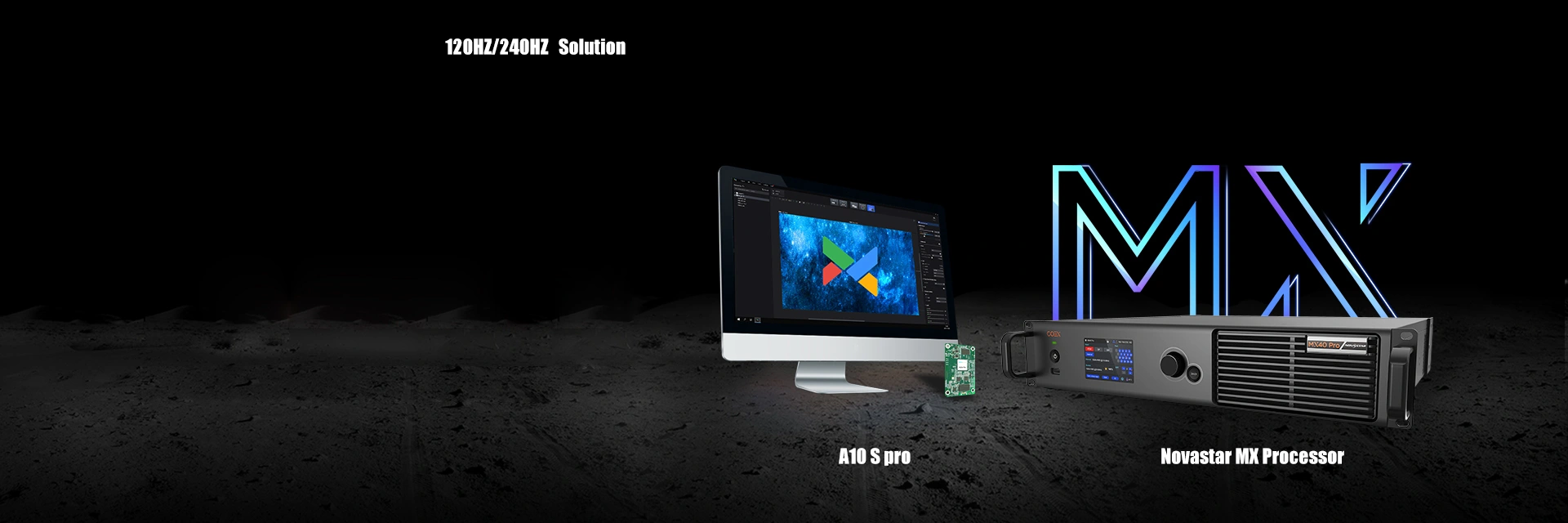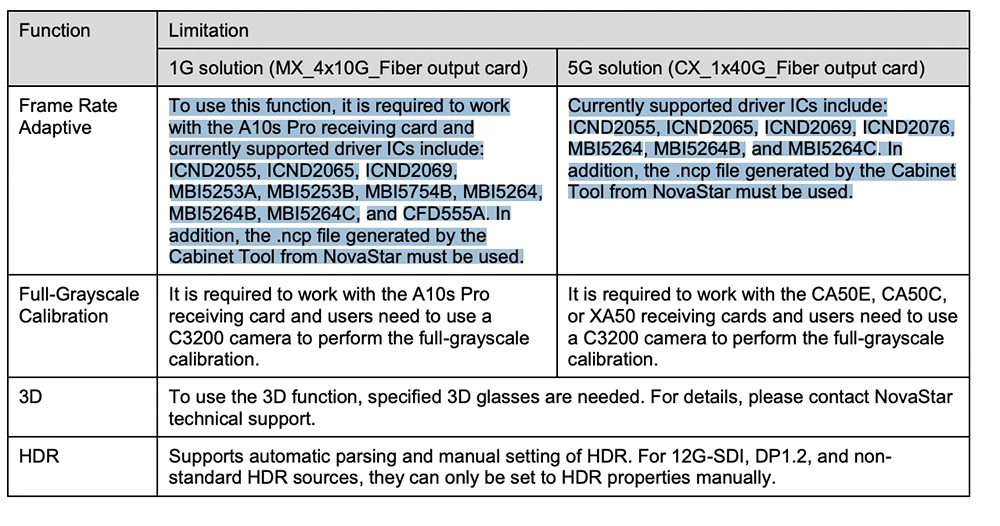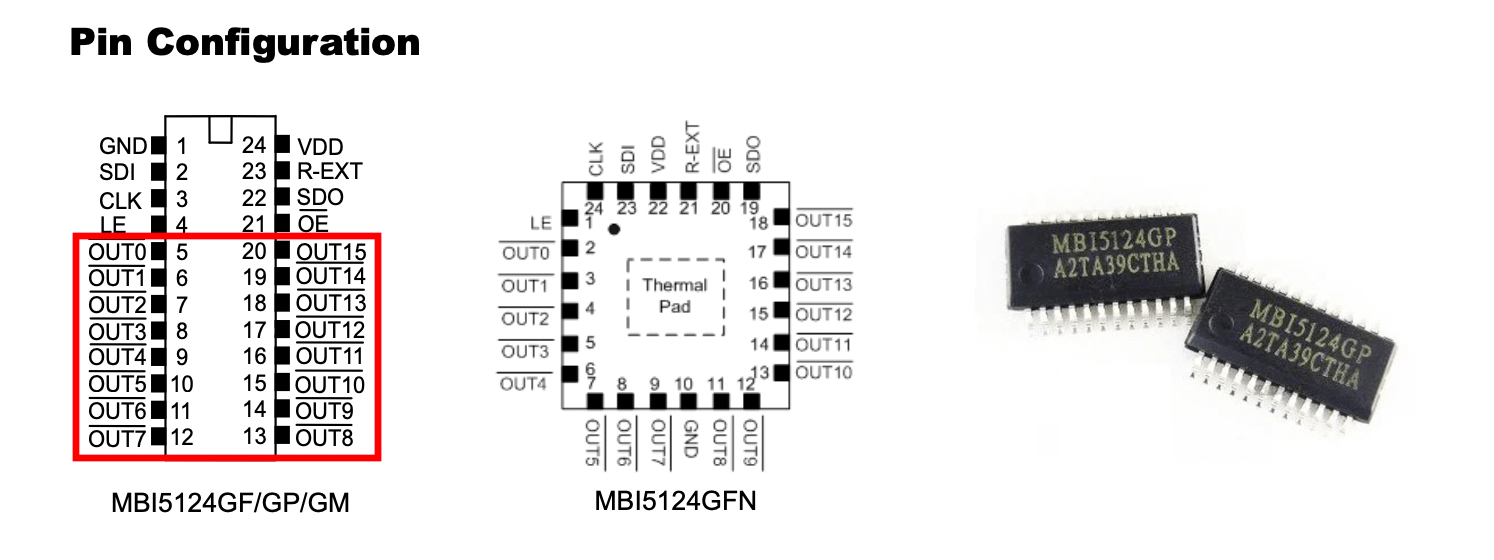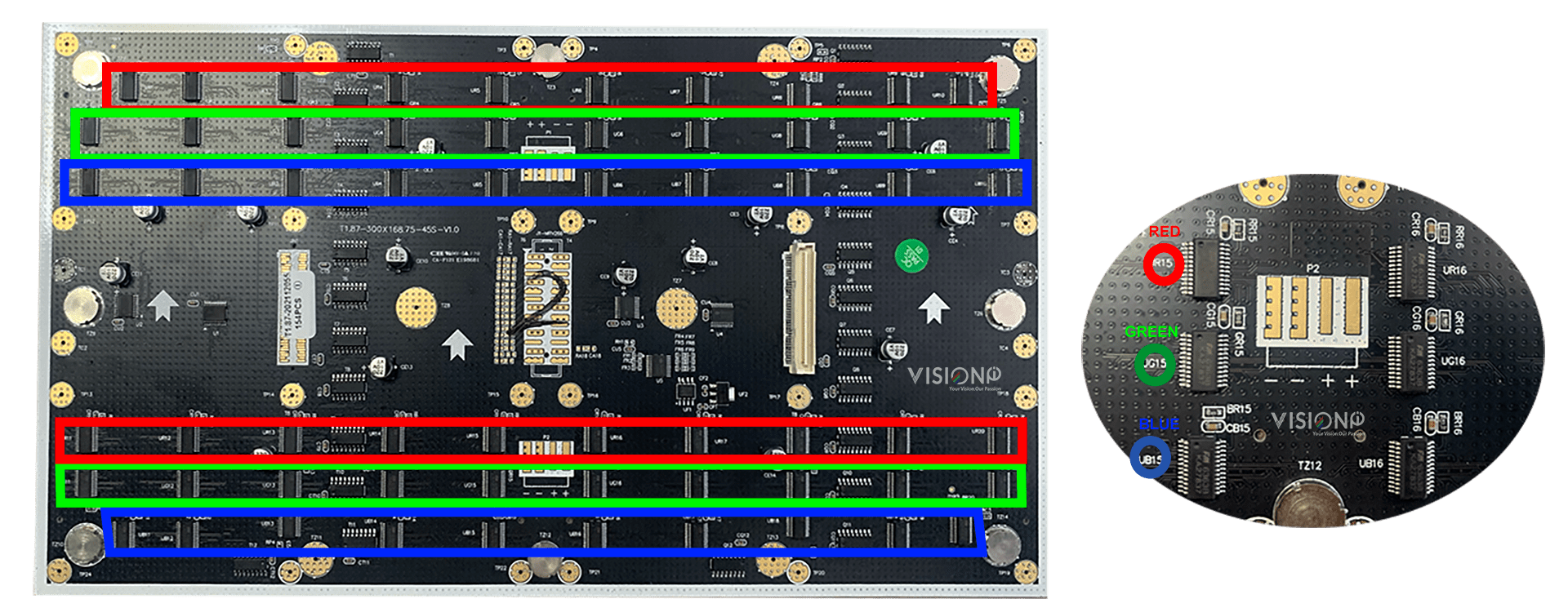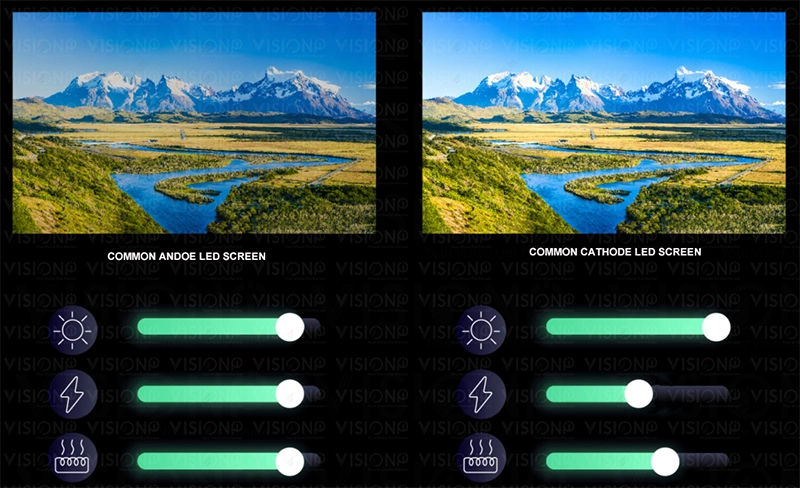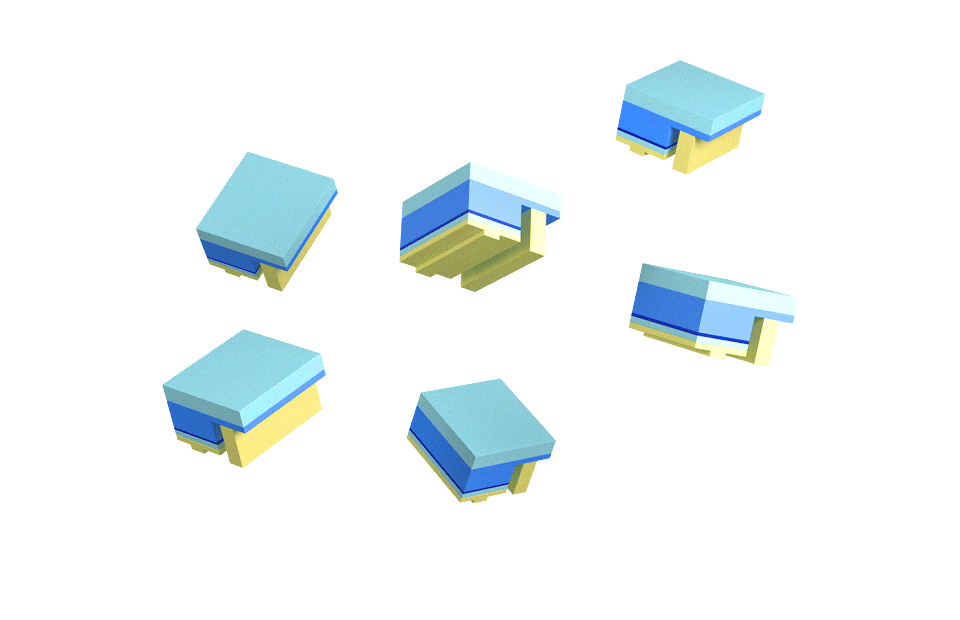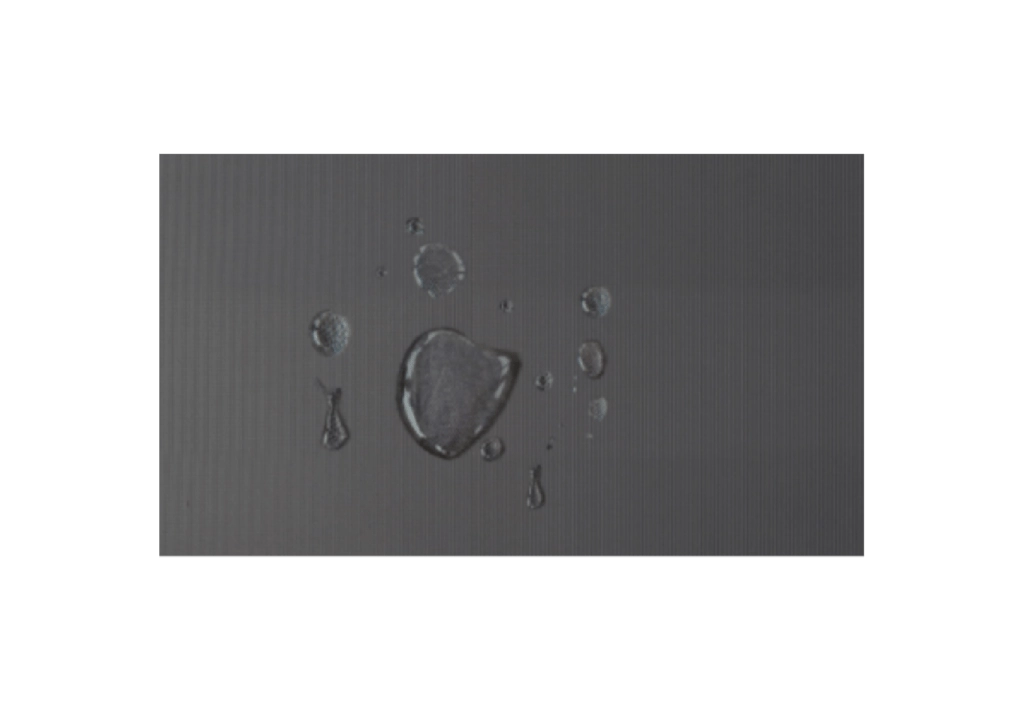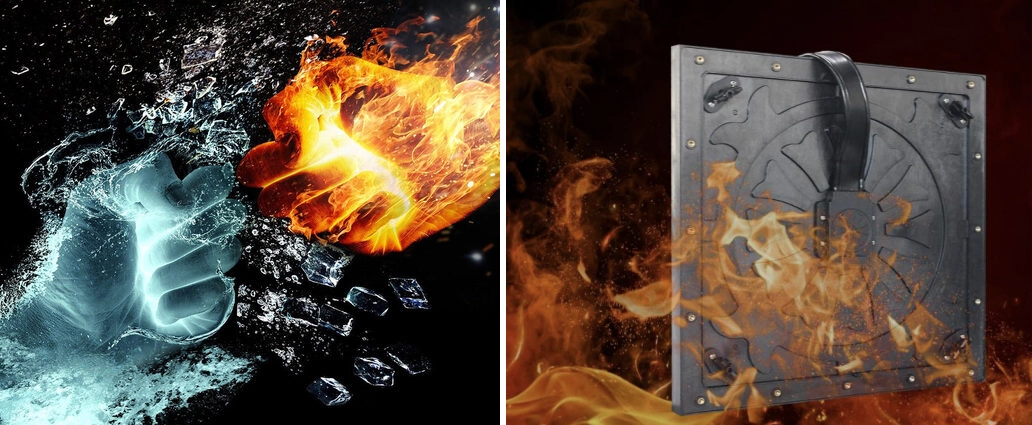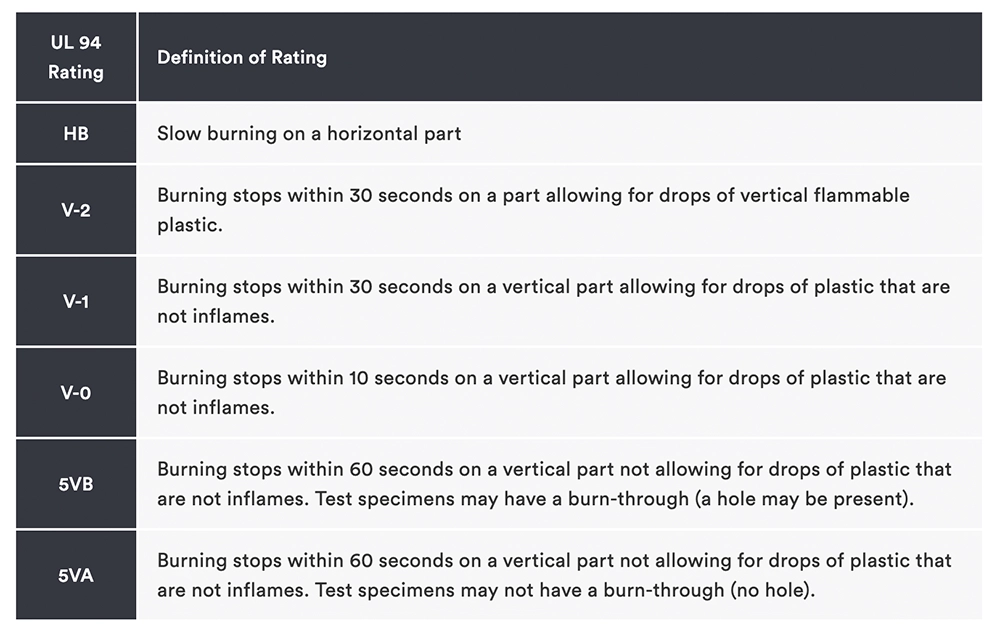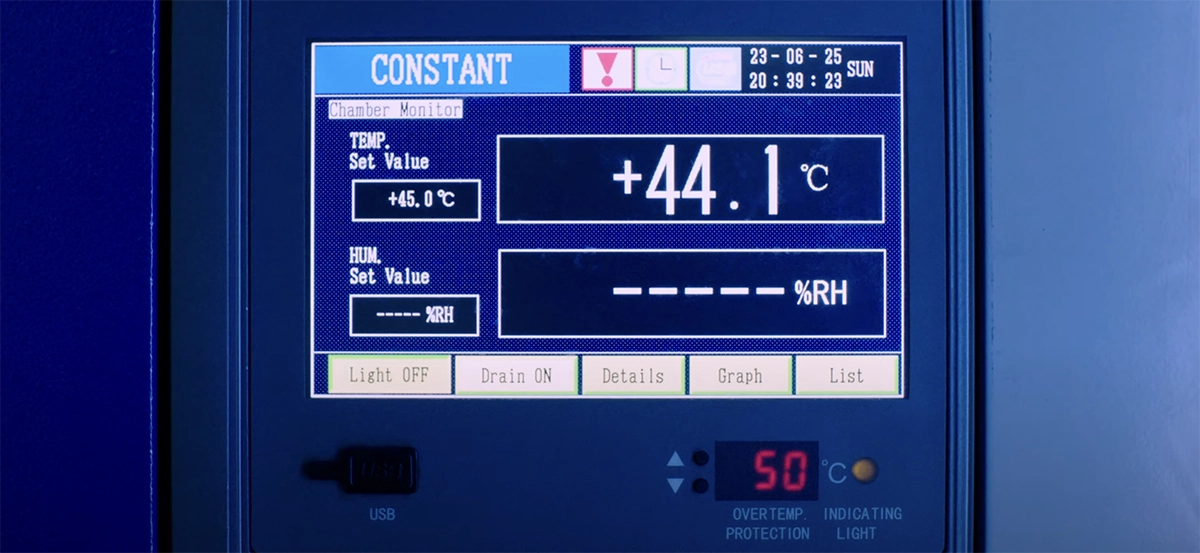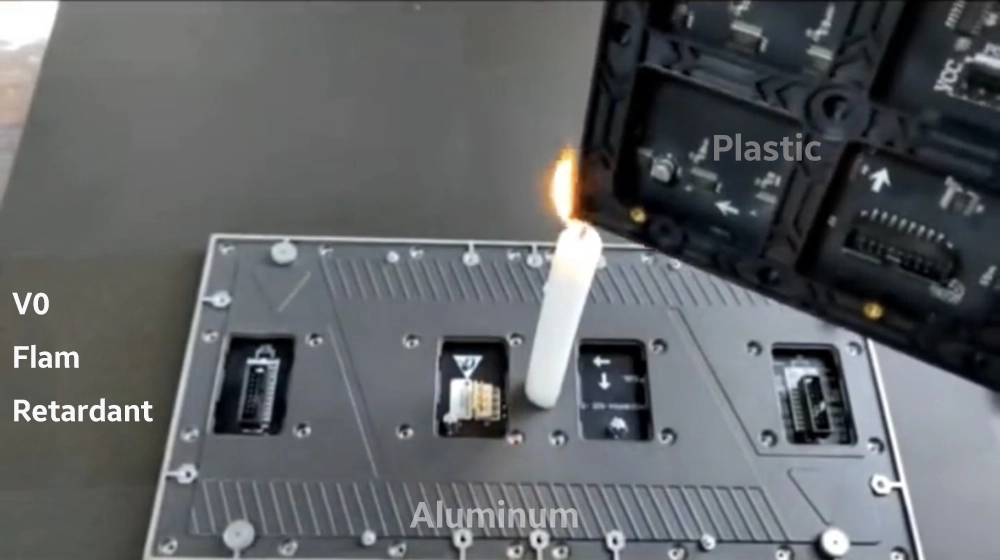Flexible Transparent Rental LED Display
Transparent Flexible Rental LED Display for Outdoor Events & Concerts
Introducing our latest innovation designed specifically for outdoor events and concerts — the transparent flexible rental LED display. This advanced display solution is tailored for creative stage designs, offering stunning visual impact while maintaining high performance in challenging environments.
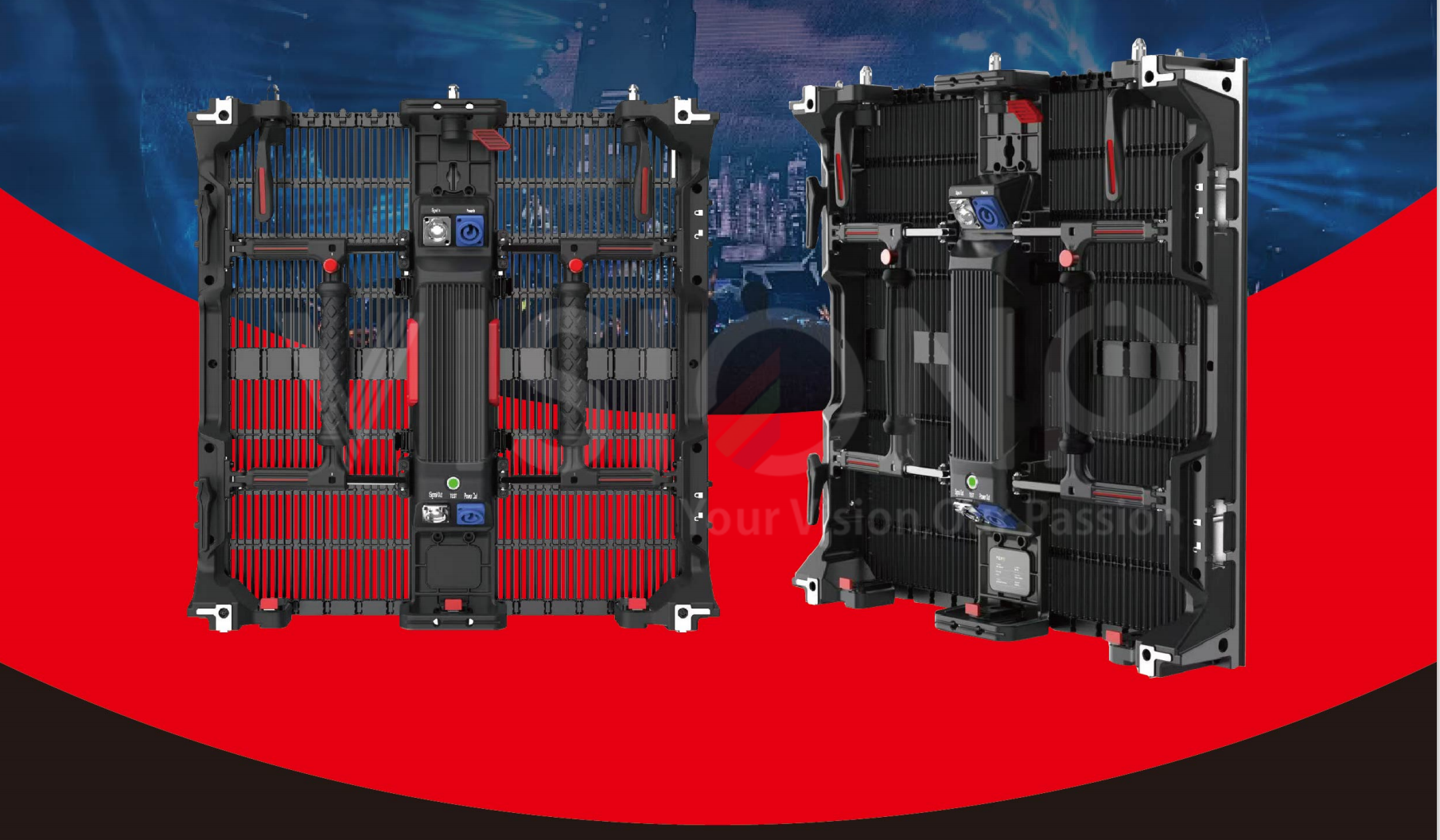
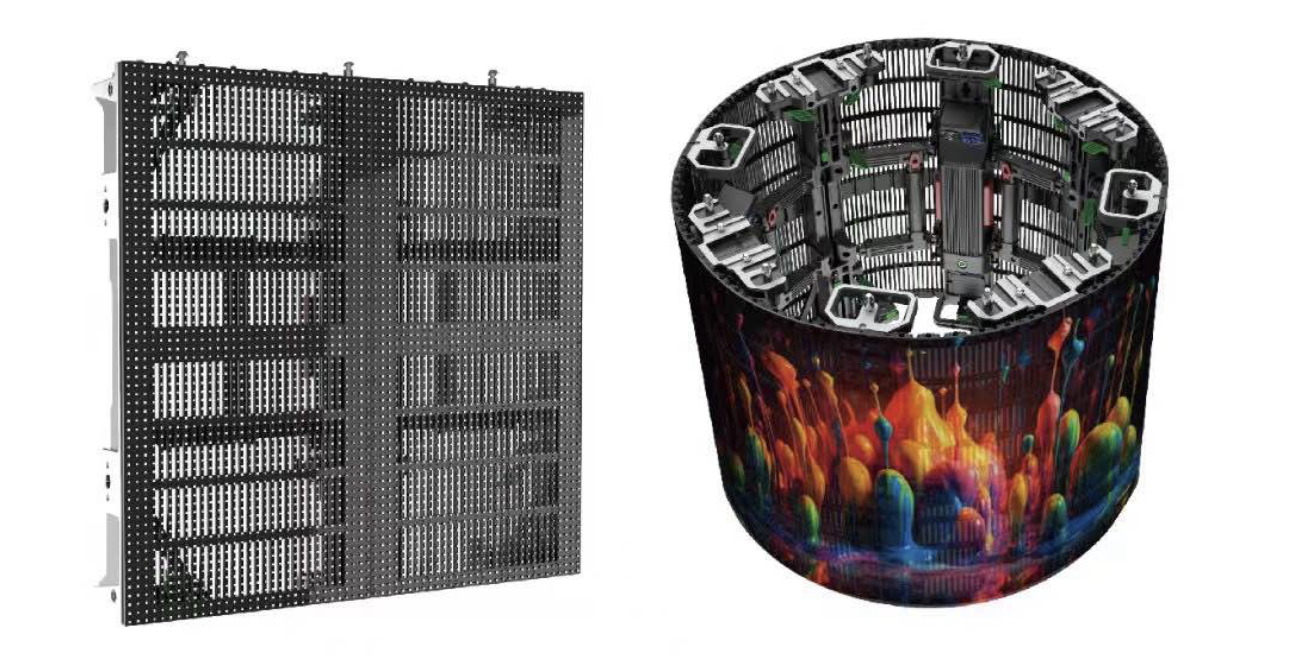
Key Features:
Clear Design for Dynamic Stage Effects
The transparent design gives the sense of immersing in the stage lighting as the image color on the screen. It’s perfect for contemporary stage designs that use a combination of lighting and video content.
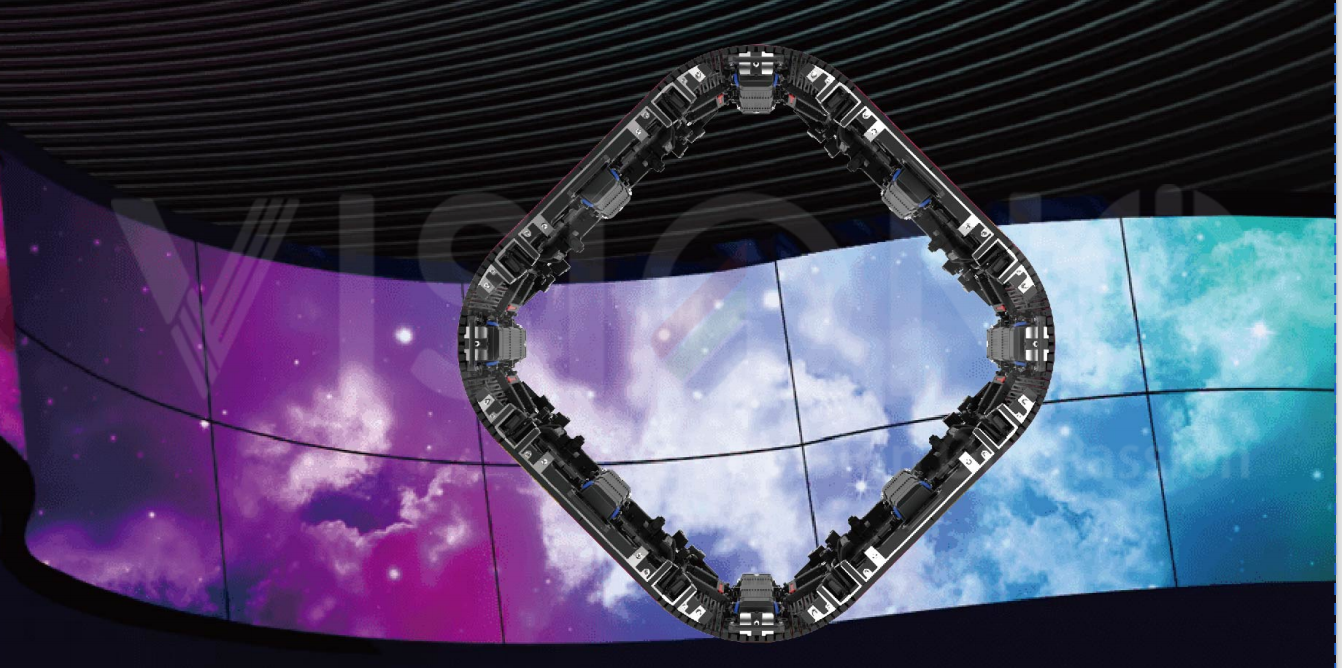
2. Classic Modular Design for Quick Maintenance
Built with a time-tested modular architecture, each LED module and power box can be easily accessed and maintained. Modules are equipped with specialized maintenance tools to protect the LED lamp board during service.
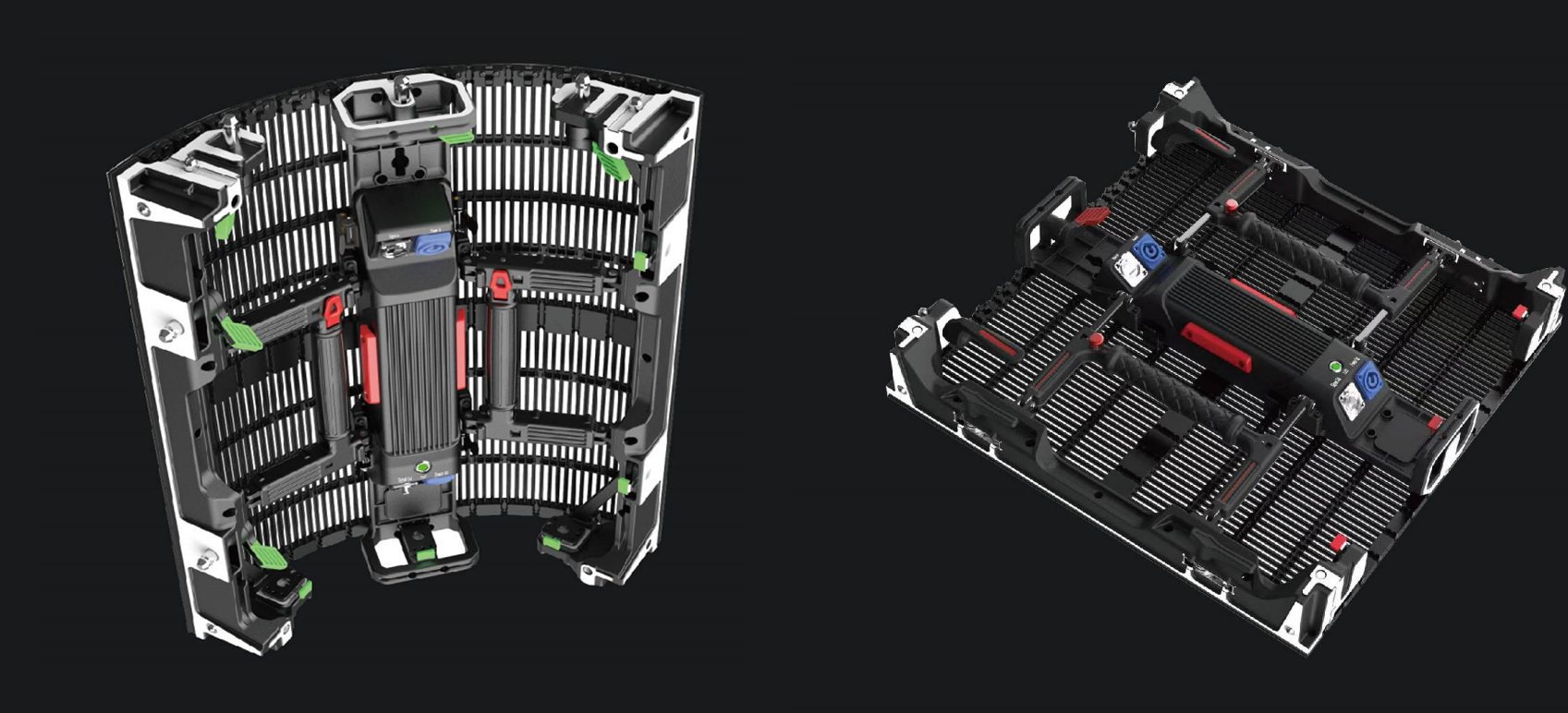
3. Tool-Free Power Box Replacement
The power box features a smart buckle mechanism that allows for fast removal and replacement without the need for additional tools, improving efficiency during installation and maintenance.
4. Ultra-Lightweight & Intelligent Frame Structure
The ultra-light and robust panel frame ensures effortless assembly and disassembly. Designed for rental applications, it supports rapid setup and takedown, making it ideal for tight event schedules.
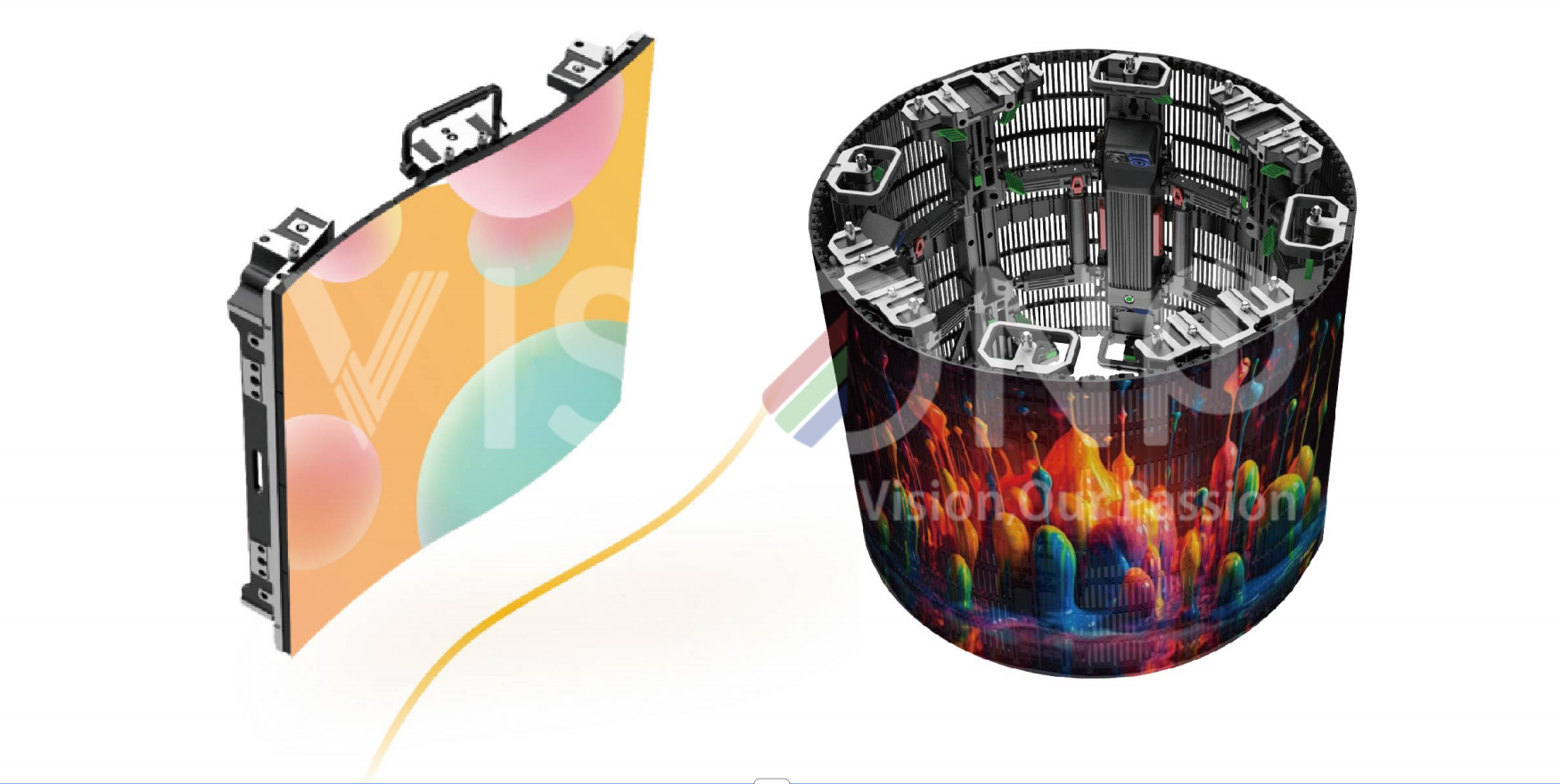
-
5. Curved & Flat Configuration Support
The flexible LED panels can be configured into both flat and curved video walls, enabling a wide range of creative applications — from standard backdrops to immersive, non-linear designs.
-
6. Fully Waterproof for Outdoor Use
Engineered for outdoor durability, our transparent flexible rental LED display features waterproof protection across modules, power boxes, and connecting cables. It’s built to perform reliably in varying weather conditions.
7. Glue Filling Technology for Enhanced Reliability
The modules are treated with advanced glue-filling technology to prevent moisture penetration and reduce the impact of extreme temperature changes. This ensures long-term stability and dependable performance in any outdoor setting.
